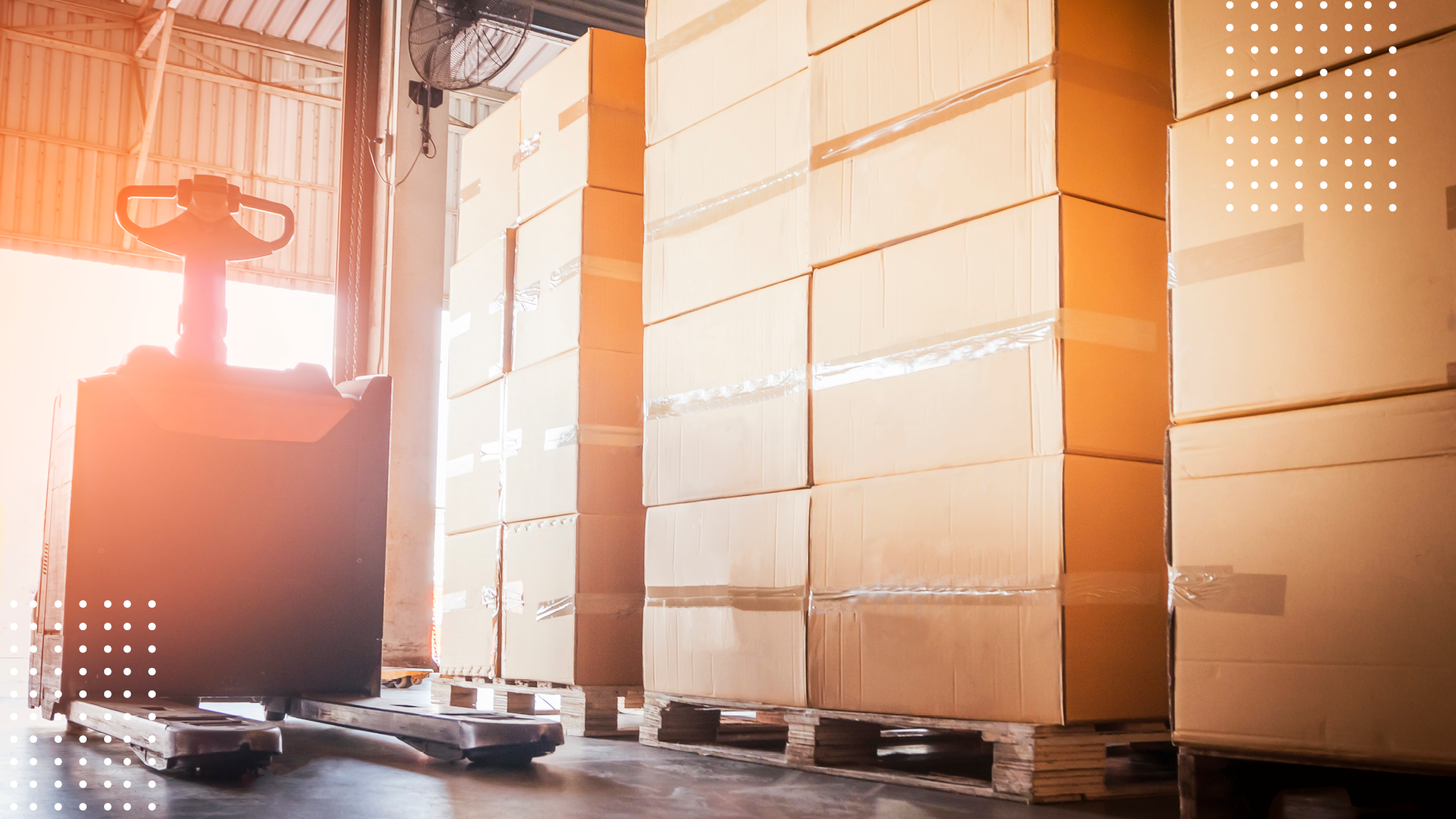LTL Rates: The Difference Between Contract, Volume and Spot
04/06/2020

Do you know the key differences between contract, volume and spot less-than-truckload (LTL) rates? What about the advantages and disadvantages of each option? Our transportation experts are here to help you understand the most common types of LTL shipping rates.
What are Contract Rates?
Contracted LTL rates are freight rates that are negotiated directly with an asset-backed LTL carrier. Contracted LTL rates are also commonly negotiated through a third party logistics (3PL) company. Partnering with a 3PL helps save the shipper time and money by leveraging the 3PL’s volumes to yield lower rates via the 3PL’s negotiated Ratebases, Rules Tariffs, Fuel Surcharge Tariffs and Discounts.
Contracted LTL rates are negotiated separately with individual carriers and specifically for each individual client. Contracted LTL rates are commonly reviewed on a 12-24 month basis. Contract LTL rates are typically dependent on the below freight characteristics:
- Average weight
- Average freight class
- Annual volume of shipments
- Specific lanes
- Packaging
What are Volume and Spot Rates?
Volume rates, which are synonymous with spot quotes, are freight rate quotes that are based on linear feet and weight. Shippers will commonly switch to volume rates if the shipment exceeds certain freight characteristic thresholds, as outlined in the negotiated contract.
Volume rates can also be offered to shippers even if a shipment does not exceed the contracted rate thresholds. However, the shipment must meet the carrier’s minimum volume threshold, which can be as low as eight linear feet and 4,000 pounds. Volume rates are often lower than contracted rates if a carrier does not have enough freight to fill a trailer on a given lane.
When Do Shippers Switch from Contract to Volume Rates?
Once a shipment hits a certain threshold, whether it be due to length, weight or density, contract rates cannot be used. Common thresholds which cause shippers to switch to volume rates include:
- If a shipment exceeds a certain cubic feet and density, which is known as Cubic Capacity.
- If a shipment exceeds a certain linear feet and/or weight, which is known as either Capacity Load or Linear Foot.
The general guideline for switching to a volume rate is if the shipment occupies 12 linear feet or more or weighs more than 15,000 pounds. If a shipment exceeds one of these thresholds, shippers typically have to obtain a volume rate for the shipment.
However, not all carriers have the same volume rate thresholds. Certain LTL carriers, such as Averitt Express, ABF, Old Dominion Freight Lines and XPO, have a lower threshold for Cubic Capacity. Shippers should verify this threshold with the carrier, or through their 3PL, to see if a shipment qualifies for its contract rates.
What are the Key Differences between Contract and Volume/Spot Rates?
- Volume
quotes offer reduced liability, as low as $1.00 per pound
- Contract rate liability is typically higher; however, it depends upon the freight class, the commodity being shipped and whether the shipper has FAKs (freight of all kinds) in place, but most importantly, what the Shipper or 3PL has negotiated on the Pricing Contract
- Carriers will give preference to loading contracted freight over volume shipments, which means that the transit time for volume shipments is commonly longer and standard ground transit guarantees do not apply
- Volume rates are only valid for a specific time frame (typically 5 to 10 days)
- Carriers may not offer volume rates if a shipment is destined to a residence or a liftgate is needed
- The volume quote number must be on the original bill of lading, or the rate will not apply
- Contract rates may be subject to over-dimension or extreme length charges (if an ARTICLE is 8’ or longer), but volume shipments are not
To learn more about contracted or volume LTL rates, contact our team. Learn more about our Domestic shipping solutions here.
June 30, 2025
Thank you for contacting Ascent!
A member of our team will be in contact within a few business hours.
Okay